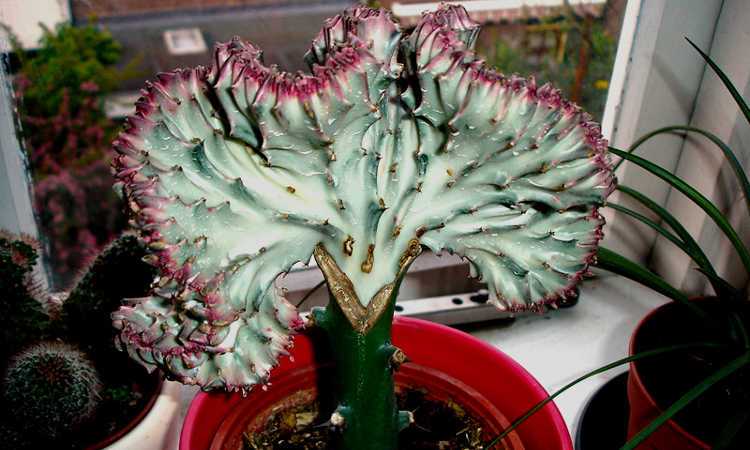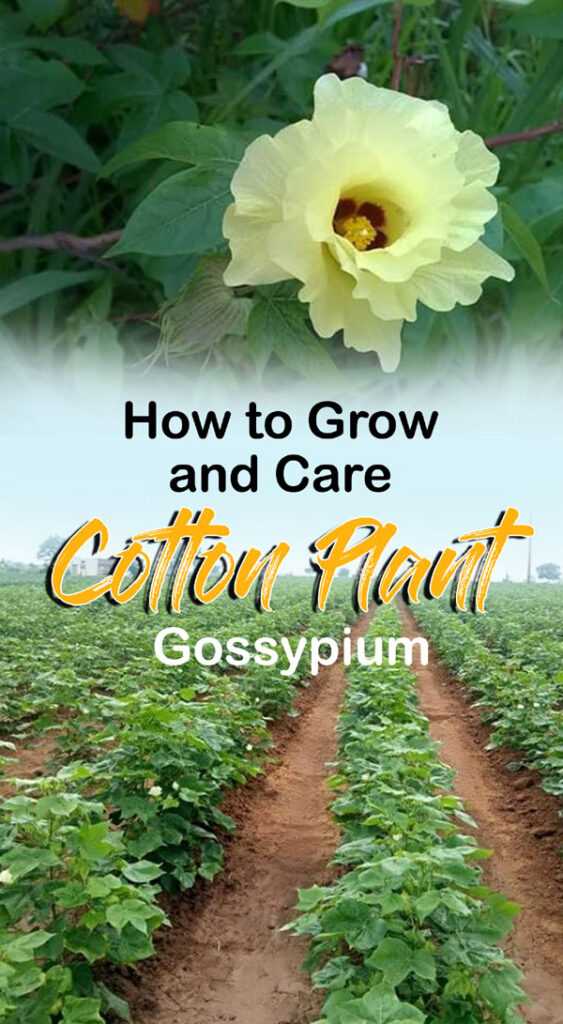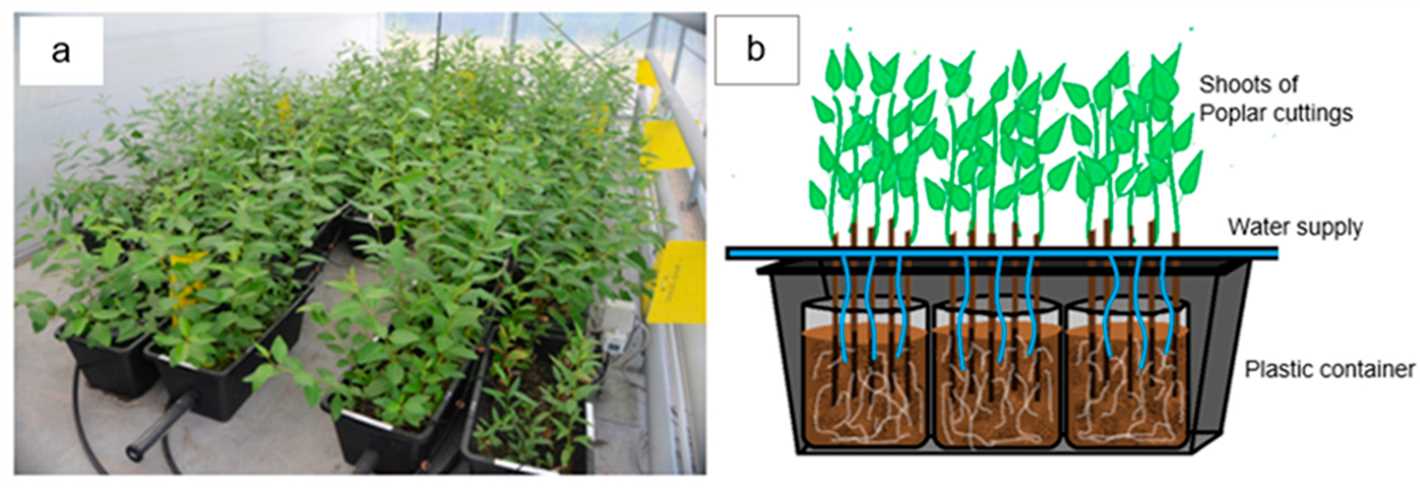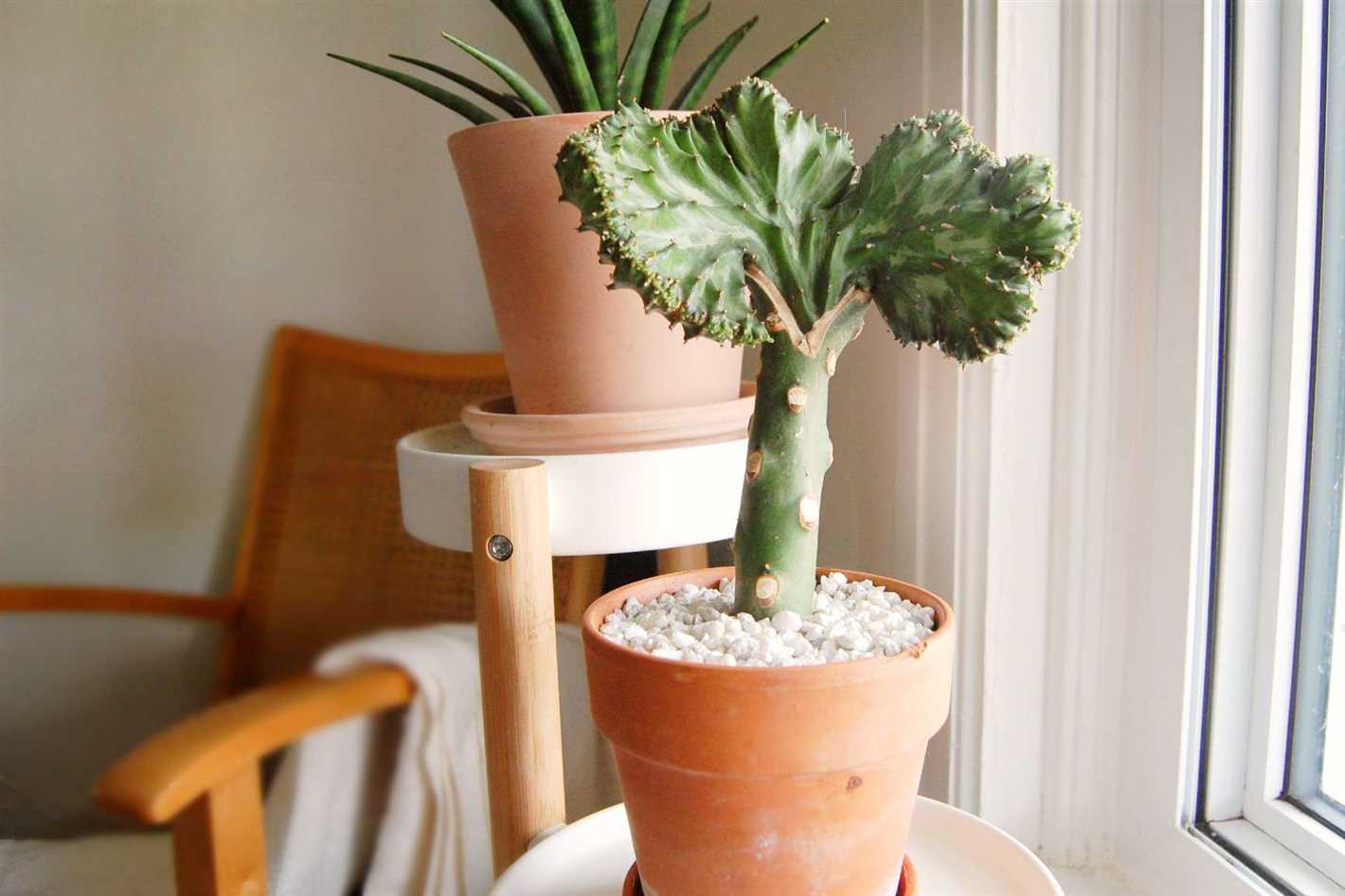- Crested Cotton Overview
- Characteristics
- Cultivation
- Care
- Harvesting
- Conclusion
- Crested Cotton Cultivation
- Choosing a Location
- Sowing the Seeds
- Transplanting and Care
- Harvesting and Storage
- Conclusion
- Choosing the Right Location for Crested Cotton
- Light
- Soil
- Spacing
- Protection from Wind
- Considerations
- Preparing the Soil for Crested Cotton Planting
- 1. Choose the Right Location
- 2. Clear the Area
- 3. Test the Soil
- 4. Amend the Soil
- 5. Fertilize the Soil
- 6. Water the Soil
- 7. Mulch the Planting Area
- Planting and Watering Crested Cotton
- Planting Crested Cotton
- Watering Crested Cotton
- Crested Cotton Maintenance and Care
- 1. Planting and Growing Conditions
- 2. Watering
- 3. Fertilizing
- 4. Pruning
- 5. Pest and Disease Control
- 6. Harvesting
- Common Problems and Pests of Crested Cotton
- Pests
- Diseases
- Nutrient Deficiencies
- Questions and Answers:
- What is crested cotton?
- How is crested cotton cultivated?
- Can crested cotton be grown in containers?
- Is crested cotton a good choice for landscaping?
- What are some tips for caring for crested cotton plants?
- Can crested cotton be harvested for use?
- Videos: My SECRETS to Make Croton Plant BUSHY!

Crested cotton plants, scientifically known as Gossypium hirsutum, are unique and visually striking additions to any garden. These plants feature intriguing crested growths on their branches, which give them a distinctive and whimsical appearance. While they are not commonly found in every garden, cultivating and caring for crested cotton plants can be a rewarding experience for gardening enthusiasts. In this article, we will provide essential tips and advice on how to successfully grow and care for these fascinating plants in your garden.
When it comes to cultivating crested cotton plants, it is important to choose a suitable location in your garden. These plants thrive in full sunlight, so select an area that receives at least six to eight hours of direct sunlight each day. Additionally, crested cotton plants prefer well-drained soil that is rich in organic matter. Before planting, make sure to prepare the soil by incorporating compost or aged manure to ensure proper nutrient availability for the plants.
When it comes to planting crested cotton, it is best to sow the seeds directly in the garden after the last frost has passed. The seeds should be sown at a depth of about half an inch and spaced around 12 to 18 inches apart. Keep the soil moist during germination, which usually takes around 7 to 10 days. Once the seedlings have emerged, thin them out to maintain a spacing of 24 to 30 inches between each plant.
Caring for crested cotton plants involves regular watering, especially during periods of drought. These plants prefer evenly moist soil, so it is essential to water them deeply once or twice a week, depending on the weather conditions. Mulching around the base of the plants can help retain moisture and suppress weed growth. Crested cotton plants also benefit from regular fertilization with a balanced fertilizer to promote healthy growth and abundant blooms.
To ensure the optimal health and vigor of crested cotton plants, it is crucial to monitor for any pests or diseases. Common pests that can affect these plants include aphids, whiteflies, and spider mites. If an infestation occurs, consider treating the plants with insecticidal soap or an organic pest control product. Additionally, be on the lookout for signs of fungal diseases such as powdery mildew or leaf spot, and address any issues promptly to prevent further damage.
In conclusion, cultivating and caring for crested cotton plants can be a delightful experience for any avid gardener. By choosing a suitable location, providing proper care and attention, and monitoring for pests and diseases, you can enjoy the beauty of these unique plants in your garden. So why not give crested cotton a try and add a touch of whimsy to your outdoor space?
Crested Cotton Overview
Crested cotton, also known as Gossypium hirsutum var. crispatum, is a unique and fascinating plant that belongs to the Malvaceae family. It is a variation of the commonly cultivated cotton plant and is known for its distinctive crested or twisted leaves.
Although not as widely grown as standard cotton varieties, crested cotton can be a great addition to your garden or landscape. It offers ornamental appeal with its unusual foliage and can also be used to produce fiber and oil.
Characteristics
The leaves of crested cotton are the most unique feature of this plant. Unlike the smooth, linear leaves of regular cotton plants, crested cotton leaves are twisted, curled, and sometimes even crested. This gives the plant an interesting and eye-catching appearance.
Crested cotton plants can reach a height of 3 to 6 feet, depending on the growing conditions. The stems are typically covered with fine hairs, giving the plant a fuzzy texture. The flowers of creston cotton are white or yellow in color and can bloom throughout the summer months.
Cultivation
Like regular cotton, crested cotton is best grown in full sun and well-draining soil. It is a warm-season crop and requires a long growing season to produce mature fibers. It is recommended to start the seeds indoors 4-6 weeks before the last expected frost date or directly sow them in the garden after all danger of frost has passed.
When planting crested cotton, make sure to give each plant plenty of space to grow, as they can become rather large. Space them about 12-18 inches apart to allow for adequate air circulation and prevent disease development.
Care
To ensure optimal growth and development, crested cotton plants require regular watering. Keep the soil consistently moist, but avoid overwatering, as it can lead to root rot. Mulching around the base of the plant can help retain moisture and suppress weed growth.
Fertilize the crested cotton plants once a month during the growing season with a balanced, all-purpose fertilizer. This will provide them with the necessary nutrients for healthy growth and flower production.
Although crested cotton is generally pest and disease resistant, keep an eye out for common garden pests such as aphids, mealybugs, and spider mites. Regularly inspect the plants for any signs of infestation and take appropriate measures to control them, if necessary.
Harvesting
Once the cotton bolls have matured, they can be harvested by carefully plucking them from the plant. The fibers can be used for various purposes, such as crafting, spinning, or even making cotton balls.
Additionally, crested cotton seeds can be collected and used for oil production. The seeds are rich in oil and can be processed to extract cottonseed oil, which is commonly used in cooking and various industrial applications.
Conclusion
Crested cotton is a fascinating plant that offers both ornamental value and practical uses. With its unique twisted leaves and ability to produce fiber and oil, it can be a great addition to any garden or landscape. By following proper cultivation and care practices, you can enjoy the beauty and benefits of crested cotton in your own backyard.
Crested Cotton Cultivation
Crested cotton, also known as Gossypium squamatum, is a unique plant that can add a touch of whimsy to any garden. It is characterized by its distinctive “crested” or “curly” flowers, which resemble fluffy cotton balls. If you’re interested in cultivating this fascinating plant, here are some tips and advice to help you get started:
Choosing a Location
Crested cotton prefers full sun to partial shade, so make sure to choose a location in your garden that receives at least 6-8 hours of direct sunlight per day. The soil should be well-draining and fertile.
Sowing the Seeds


You can start crested cotton seeds indoors about 4-6 weeks before the last frost date in your area. Fill seed trays or small pots with a well-draining potting mix and press the seeds lightly into the soil, then cover them with a thin layer of soil. Keep the soil moist, but not soggy, and place the trays or pots in a warm location.
Once the seedlings have grown a few inches tall and have developed a few sets of true leaves, they can be transplanted outdoors. Harden off the seedlings by gradually exposing them to outdoor conditions over the course of a week before transplanting.
Transplanting and Care
When transplanting the seedlings, make sure to space them 12-18 inches apart to allow for proper airflow and growth. Water the plants regularly, keeping the soil evenly moist, but not waterlogged. Avoid overhead watering, as this can lead to fungal diseases.
Applying a layer of mulch around the plants can help conserve moisture and suppress weed growth. Additionally, monitor the plants for any signs of pests or diseases, such as aphids or leaf spot, and take appropriate action to control them.
Harvesting and Storage
The crested cotton flowers can be harvested once they have fully bloomed and the cotton ball-like structures have formed. Gently pluck the flowers from the plant and allow them to dry for a few days in a well-ventilated area.
Once the flowers are completely dry, you can separate the cotton balls from the rest of the flower and store them in a dry, airtight container until you’re ready to use them for crafts or decoration.
Conclusion
Cultivating crested cotton can be a rewarding and unique addition to your garden. By following these tips and advice, you’ll be able to grow this whimsical plant and enjoy its charmingly curly flowers.
Choosing the Right Location for Crested Cotton
Crested cotton, also known as Gossypium hirsutum ‘Cristatum’, is a unique and beautiful addition to any garden. When choosing a location for your crested cotton, it’s important to consider its specific light and soil requirements.
Light
Crested cotton thrives in full sun conditions, so choose a location that receives at least 6-8 hours of direct sunlight per day. This will ensure that the plants receive enough energy to grow and produce blooms.
Soil
The soil should be well-draining and fertile to support the growth of crested cotton. It should also have a pH level between 6.0 and 7.5. If your soil is heavy clay or compacted, consider amending it with organic matter such as compost or well-rotted manure to improve drainage.
Spacing


When planting crested cotton, make sure to provide enough space between each plant to allow for proper air circulation. This helps prevent the development of fungal diseases. A spacing of 18-24 inches between each plant is recommended.
Protection from Wind
Crested cotton plants can become top-heavy when fully grown and may be susceptible to damage from strong winds. To protect your plants, consider planting them near a fence or building that can provide some shelter. If necessary, you can also install stakes or a trellis to support the plants.
Considerations


- Make sure the chosen location is easily accessible for watering, weeding, and harvesting.
- Avoid planting crested cotton in low-lying areas or locations prone to standing water, as excess moisture can lead to root rot.
- Consider the overall aesthetics of your garden when choosing a location for crested cotton. Its vibrant flowers and unique shape can serve as a focal point or complement other plants in a mixed border.
By selecting the right location for your crested cotton plants, you’ll provide them with the best growing conditions and ensure a successful and beautiful addition to your garden.
Preparing the Soil for Crested Cotton Planting
Before planting crested cotton, it is important to prepare the soil properly to create optimal growing conditions for this unique plant. Here are some tips and advice on how to prepare the soil for crested cotton planting:
1. Choose the Right Location
Crested cotton plants prefer a sunny location with well-drained soil. Find an area in your garden that receives at least six to eight hours of direct sunlight per day. Avoid areas with poor drainage, as excessive moisture can lead to root rot and other plant diseases.
2. Clear the Area
Clear the planting area of any weeds, rocks, or debris. Use a garden rake or hoe to remove any unwanted vegetation and loosen the top layer of soil.
3. Test the Soil
Test the soil pH and nutrient levels to ensure it is suitable for crested cotton. You can purchase a soil testing kit from a garden center or send a soil sample to a professional laboratory for analysis. Crested cotton plants prefer slightly acidic to neutral soil with a pH range of 6.0 to 7.5.
4. Amend the Soil
If the soil pH is too acidic or alkaline, you may need to amend it to create the ideal conditions. Add lime to raise the pH or sulfur to lower it, following the manufacturer’s instructions for application rates.
Additionally, incorporate organic matter such as compost, well-rotted manure, or peat moss into the soil to improve its structure, drainage, and nutrient content. Work the amendments into the top six to eight inches of soil using a garden fork or tiller.
5. Fertilize the Soil
Apply a balanced slow-release fertilizer to provide essential nutrients for the growth and development of the crested cotton plants. Follow the recommended application rates provided on the fertilizer packaging, and mix it into the soil according to the instructions.
6. Water the Soil
After preparing the soil, water it thoroughly to ensure the amendments are evenly distributed and to help settle the soil. Moisture is crucial for seed germination and plant establishment, so keep the soil evenly moist but not waterlogged throughout the growing season.
7. Mulch the Planting Area
Apply a layer of organic mulch, such as straw or wood chips, around the base of the crested cotton plants. Mulching helps to conserve soil moisture, suppress weed growth, and regulate soil temperature.
By following these steps to prepare the soil, you will provide a solid foundation for successful crested cotton planting. With proper care and ideal soil conditions, your crested cotton plants are sure to thrive in your garden.
Planting and Watering Crested Cotton
Planting Crested Cotton
When planting Crested Cotton, it is important to choose a suitable location in your garden. This plant prefers full sun and well-draining soil. It is also important to provide enough space for the plant to grow, as it can reach heights of up to 6 feet (1.8 meters) and spread up to 3 feet (0.9 meters).
Before planting, prepare the soil by removing any weeds and loosening it with a garden fork. You can also add compost or organic matter to improve the soil’s fertility. Dig a hole that is deep enough to accommodate the plant’s root ball, and place the plant in the hole. Fill in the hole with soil and gently firm it around the plant.
Watering Crested Cotton
Crested Cotton plants require regular watering, especially during dry periods. It is important to keep the soil moist but not waterlogged. Water deeply, allowing the water to penetrate the root zone. Avoid watering the leaves, as this can increase the risk of fungal diseases.
During the first few weeks after planting, it is important to provide extra water to help the plant establish its root system. Once the plant is established, you can reduce the frequency of watering, but make sure to water deeply when you do.
Using a mulch around the base of the plant can help conserve moisture in the soil and reduce weed growth. Apply a layer of mulch, such as wood chips or straw, around the plant, taking care to keep it away from the plant’s stem to prevent rot.
Regularly monitoring the soil moisture levels is important to ensure the plant receives the right amount of water. Insert your finger into the soil to a depth of about an inch (2.5 centimeters). If the soil feels dry at this depth, it is time to water the plant.
Crested Cotton Maintenance and Care
1. Planting and Growing Conditions
- Choose a location that receives full sun for at least 6-8 hours a day.
- Ensure the soil is well-draining and has good fertility.
- Plant the crested cotton seeds or seedlings after the danger of frost has passed.
- Space the plants about 1-2 feet apart to allow for adequate airflow and growth.
2. Watering
- Water the crested cotton plants regularly to keep the soil evenly moist.
- Avoid overwatering, as it can lead to root rot and other diseases.
- Provide deep watering to encourage deep root growth.
3. Fertilizing
- Apply a balanced, slow-release fertilizer at the beginning of the growing season.
- Reapply fertilizer every 6-8 weeks during the growing season to promote healthy growth.
- Avoid over-fertilizing, as it can cause excessive foliage growth at the expense of flower production.
4. Pruning
- Prune the crested cotton plants to maintain their shape and remove any dead or diseased branches.
- Prune after the flowering season to encourage new growth and maintain the overall health of the plant.
- Avoid pruning too heavily, as it can reduce the number of flowers and overall plant vigor.
5. Pest and Disease Control
- Monitor the plants regularly for common pests such as aphids, whiteflies, and spider mites.
- Treat infestations with appropriate insecticides or organic pest control methods.
- Prevent disease by providing adequate airflow, avoiding overwatering, and practicing good sanitation.
6. Harvesting
- Harv
Common Problems and Pests of Crested Cotton
Pests
- Aphids: These small, soft-bodied insects can infest crested cotton plants, sucking sap and causing distortion and wilting of the leaves. Use insecticidal soap or neem oil to control aphid populations.
- Whiteflies: These tiny, white, moth-like insects can be found on the undersides of crested cotton leaves. They suck sap and excrete honeydew, which can lead to sooty mold. Use yellow sticky traps or apply a horticultural oil spray to control whiteflies.
- Spider Mites: These minute, sap-sucking pests can cause yellowing and stunting of crested cotton plants. They are often found on the undersides of leaves and may spin fine webs. Use a strong stream of water or insecticidal soap to control spider mite infestations.
- Leafhoppers: These small, wedge-shaped insects can transmit viruses to crested cotton plants, causing yellowing, curling, and stunting. Use insecticidal soap or neem oil to control leafhopper populations.
Diseases
- Fusarium Wilt: This fungal disease can cause yellowing, wilting, and death of crested cotton plants. It is soilborne and can persist in the soil for many years. Crop rotation, use of disease-resistant varieties, and good sanitation practices can help prevent the spread of fusarium wilt.
- Cotton Boll Rot: This fungal disease can cause bolls to rot and turn black or brown. It is favored by warm and humid conditions. Remove infected bolls and use fungicides to control cotton boll rot.
- Root Rot: This fungal disease can cause wilting, yellowing, and stunting of crested cotton plants. It is often caused by overwatering or poorly drained soil. Improve soil drainage and avoid overwatering to prevent root rot.
Nutrient Deficiencies
Crested cotton plants may suffer from nutrient deficiencies, which can affect their growth and yield. Common nutrient deficiencies in crested cotton include:
- Nitrogen Deficiency: This can cause yellowing of leaves and stunted growth. Apply a nitrogen-rich fertilizer to correct nitrogen deficiency.
- Phosphorus Deficiency: This can cause dark green or purple leaves and stunted growth. Apply a phosphorus-rich fertilizer to correct phosphorus deficiency.
- Potassium Deficiency: This can cause yellowing and curling of leaves and poor fruit development. Apply a potassium-rich fertilizer to correct potassium deficiency.
Questions and Answers:
What is crested cotton?
Crested cotton, also known as Gossypium hirsutum var. crispatum, is a unique variety of cotton that has distinctive crested or tufted fibers on the outer surface of its seed. These crests or tufts give the cotton a decorative and ornamental appearance, making it popular for use in gardens and landscaping.
How is crested cotton cultivated?
Crested cotton is cultivated in a similar manner to regular cotton. It requires a warm and sunny climate, well-drained soil, and regular watering. The seeds are sown directly into the ground or in seed trays, and the plants typically reach maturity within 120-150 days. Regular maintenance, including fertilization and pest control, is necessary to ensure healthy growth and a good harvest.
Can crested cotton be grown in containers?
Yes, crested cotton can be grown in containers, but it is important to choose a large container with good drainage to accommodate the plant’s extensive root system. The container should also be placed in a sunny location and the plant should be watered regularly to prevent drying out. Regular pruning may also be necessary to control the size and shape of the plant.
Is crested cotton a good choice for landscaping?
Yes, crested cotton is a popular choice for landscaping due to its unique appearance and low maintenance requirements. It can be used to create visual interest in flower beds, borders, or as a focal point in a garden. Additionally, crested cotton is drought-tolerant and attracts beneficial insects, making it a valuable addition to any garden or landscape design.
What are some tips for caring for crested cotton plants?
Some tips for caring for crested cotton plants include providing them with full sun and well-drained soil, watering regularly but avoiding overwatering, fertilizing every 4-6 weeks during the growing season, and pruning to maintain the desired shape and size. It is also important to monitor for pests and diseases, and take appropriate measures such as using organic pesticides if necessary.
Can crested cotton be harvested for use?
While crested cotton can be harvested, it is primarily grown for its ornamental value rather than for commercial use. The fiber of crested cotton is typically shorter and less desirable for textile production compared to regular cotton varieties. However, the seeds of crested cotton can be collected and saved for planting in future seasons.
Videos:
My SECRETS to Make Croton Plant BUSHY!







